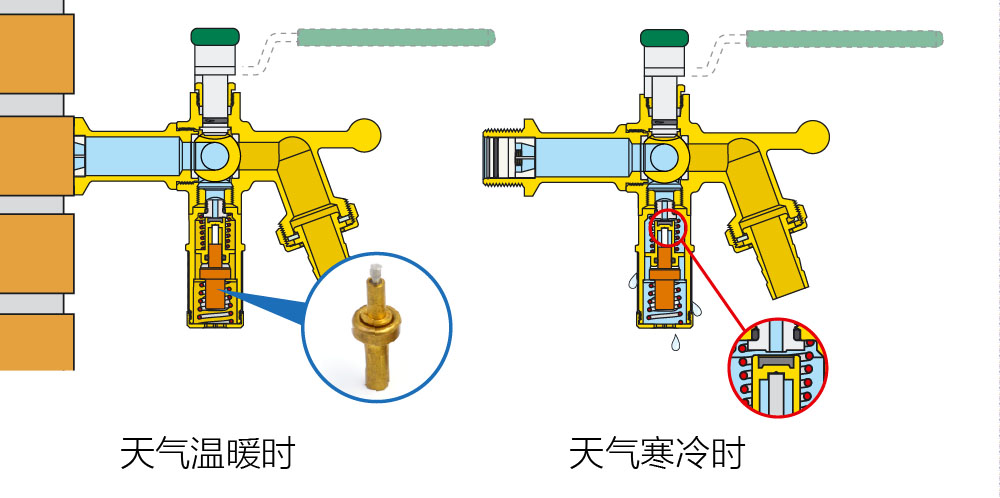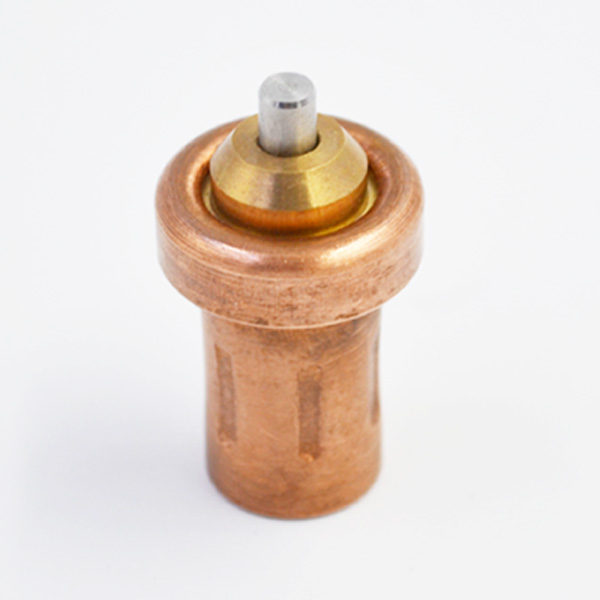Because the traditional annealing furnace temperature controller is no longer suitable for the practical application of annealing furnace today, high-precision furnace temperature controller came into being at the historic moment. This kind of high precision furnace temperature controller includes improved PID controller, strip parameter corrector based on data table and fast heating, cooling regulator, gas pressure corrector. It can realize stable temperature regulation in the whole working condition of annealing furnace. Annealing furnaces are commonly used industrial heat treatment equipment in metallurgical and mechanical industries nowadays. The general annealing process is the last process of product forming. Its effect directly affects the quality of products.

Therefore, it is very important for annealing furnaces to provide accurate temperature rise for products. It must be based on the process temperature rise curve of annealing furnaces. Annealing is a process in the production of cold rolling products in iron and steel enterprises, and annealing furnace is the key equipment of continuous annealing unit. The effect of annealing furnace temperature control directly affects the quality of cold rolling products, and it is one of the key technologies of continuous annealing control. Because of the large inertia and lag of the annealing furnace itself, it is difficult to adjust the furnace temperature accurately.

At present, in the domestic furnace temperature control, the dominant position is still the traditional simple PID temperature controller. However, the traditional PID control technology has inherent defects when dealing with the control object of annealing furnace, which is non-linear, time-delay and difficult to establish an accurate mathematical model. It is easy to cause oscillation, overshoot and other phenomena. In the conventional annealing furnace control, the automatic control method is generally used, which can not only effectively shorten the production cycle, reduce costs, but also minimize pollution, contributing to the construction of a sustainable scientific and technological society. Especially in our country, our country is a big manufacturing country in the world. Therefore, it is very necessary to study the high performance annealing furnace temperature control system.

The high precision temperature controller is mainly composed of the following parts: Fuzzy control PID controller, strip parameter corrector based on data table and fast heating, cooling regulator, thermostatic element gas pressure compensator, etc. PID control is one of the most classical control methods in traditional industrial control.
It has the advantages of simple structure and low cost. However, the conventional controller is suitable for the stable adjustment process with small delay, but the control effect is not good for the controlled process with hysteresis and oscillation, such as the annealing furnace temperature control. For this reason, the combination of classical PID control and fuzzy control can realize automatic control. It can not only solve the above problems, but also shorten the time of adjustment compared with the conventional control mode in the control process. It has good stability and small error, and ultimately achieves the best control effect. The principle of the whole PID controller is composed of proportional link, differential link and integral link. After three links, an output is given to the controlled object.
Then the whole controller compares the output results with the set values. If there is a deviation, it will be fed back to the three links of proportion, integral and differential to adjust again and form a closed-loop circuit. Fuzzy control is an automatic control in industrial control, and it has a wide range of applications, not only in industrial control, but also in household appliances. As a familiar operator, it is not necessary to know whether the controlled object is a precise digital model, but only need very familiar operation experience to complete this relatively complex control process. If we can sum up these familiar practical experiences and describe them in language, we can formulate a fuzzy control library which is in line with the controlled object.
In terms of response time and overshoot, compared with conventional PID control, fuzzy control has the advantages of shorter overshoot and smaller overshoot. Moreover, in the process of control, the controlled object does not need to be understood, and the change of parameters is not very sensitive. Compared with the PID regulator, the response time of the fuzzy controller is shorter and the overshoot is smaller. Fuzzy control has strong robustness and adaptability. For some non-linear and time-varying systems with disturbance, it can be controlled by fuzzy control. However, when fuzzy control is in control, the amount of control can not directly control the controlled object, and some conventional control methods are needed. The temperature control system of annealing furnace based on fuzzy-PID control is studied.
The advantages of conventional PID control, such as fast response and good stability, are combined with strong robustness and adaptability of fuzzy control. In view of the structure characteristics of annealing furnace, the control system is controlled and the control effect is better finally. After the first PID control, the system obtains the error and error rate, the error and error rate are fuzzified, then the fuzzy reasoning and anti-fuzzification are carried out, and the changes of three parameters of the PID are obtained. The three changes are added with the initial setting values before the second PID adjustment is carried out again, and the final output is transmitted to the controlled object.
The whole system is a complete closed-loop control system.
The deviation e of the set index and the result index and the deviation change rate EC are used as the input of the fuzzy control system, and the three parameters of Kp, Kd and Ki are used as the output to the PID controller, which is then transmitted to the PID controller. The fluctuation and adjustment of furnace temperature caused by the change of strip specification, operation parameters and process setting parameters are predictable. If a preset value is output to the temperature controller in advance when the parameters change, and the deviation change of furnace temperature is restrained, the response speed of furnace temperature can be increased and the fluctuation of furnace temperature can be reduced. The preset value can be obtained by inquiring the relevant data of the annealing furnace heat preservation parameter table and the strip steel process parameter table and calculating. The data in the data table can be obtained from the real record of the annealing furnace debugging and production period, and can also be preset according to experience. The modification includes two aspects: modification of strip grade in production process, modification of temperature setting value and strip speed in each section according to process setting value in specific circumstances; no modification of strip grade, rapid decline of strip speed caused by a fault factor, and rapid rise of strip speed after troubleshooting. When the strip parameters change in the production process, the strip parameter corrector first places the PID in the manual mode and assigns the output of the PID directly to the theoretical load value obtained by calculation, then transfers the PID into the automatic mode to track and adjust the furnace temperature setting value. This regulator is mainly used when the annealing furnace changes from heat preservation state to production state, or from production state to heat preservation state, the furnace temperature needs to rise rapidly to the process temperature value or drop rapidly to the heat preservation temperature. The annealing furnace is heated by gas radiation tube. When the pressure of gas and air is stable, the flame length produced by gas-air mixed combustion in the burner is the best, and the burner works in rated state, and the heat transfer efficiency is the highest.

In actual production, the gas pressure of annealing furnace will change because of the influence of pressure fluctuation of external gas pipeline network or the influence of the working characteristics of the gas pressure relief valve group in the pipeline network.
When the gas pressure of annealing furnace is too high, the gas pressure from the control valve to the burner will still be too high after closing to the minimum opening value, resulting in the increase of the flame length in the burner, the burner burning beyond the rated state, and the furnace temperature will rise without changing the given value of the furnace load; if the gas pressure is too low, the regulating valve can not reach the rated pressure when it is opened to the maximum, resulting in the decrease of the burner flame and the thermal power of the burner. As a result, the temperature of the furnace decreases without changing the given value of the furnace load. Furnace is a very important process in metal heat treatment, because the metal after moderate temperature heat treatment will have good physical properties, lower temperature will make the material heating uneven; excessive temperature will make the metal overheating.

However, the current conventional temperature controller, whose control parameters are either difficult to tune or cannot be tuned at the root, can not achieve satisfactory control results. At the same time, the traditional PID control technology has inherent defects when dealing with the control object such as annealing furnace, which is non-linear, time-delay and difficult to establish accurate mathematical model. It is easy to cause oscillation, overshoot and other phenomena. Therefore, the use of high-precision temperature controller is the requirement of the situation. This paper mainly analyses the structure of a high-precision temperature controller, hoping to provide reference for the relevant personnel.
